Lossen Rearranement || Beckmann Rearrangment || Bayer Villiger Oxidation ||Cummene Hydro Peroxide Reaction
Step by step video solution for Lossen Rearranement || Beckmann Rearrangment || Bayer Villiger Oxidation ||Cummene Hydro Peroxide Reaction by Chemistry experts to help you in doubts & scoring excellent marks in Class 12 exams.
Updated on:21/07/2023Similar Questions
Knowledge Check
Select the correct Baeyer-Villiger oxidation reaction:
Aa. Bb.
Bb. Cc.
Cc. Dd.
Dd.
Order of Migratory aptitude in Bayer Villiger oxidation is :
AH>Ph>3∘>2∘>1∘>CH3BH>3∘>2∘>Ph>1∘>CH3CH>3∘>Ph>2∘>1∘>CH3DH>3∘>2∘>1∘>Ph>CH3Ketoxine when heated with certain reagents undergoes rearrangement to form amides. This is known as Beckmann's rearrangement.
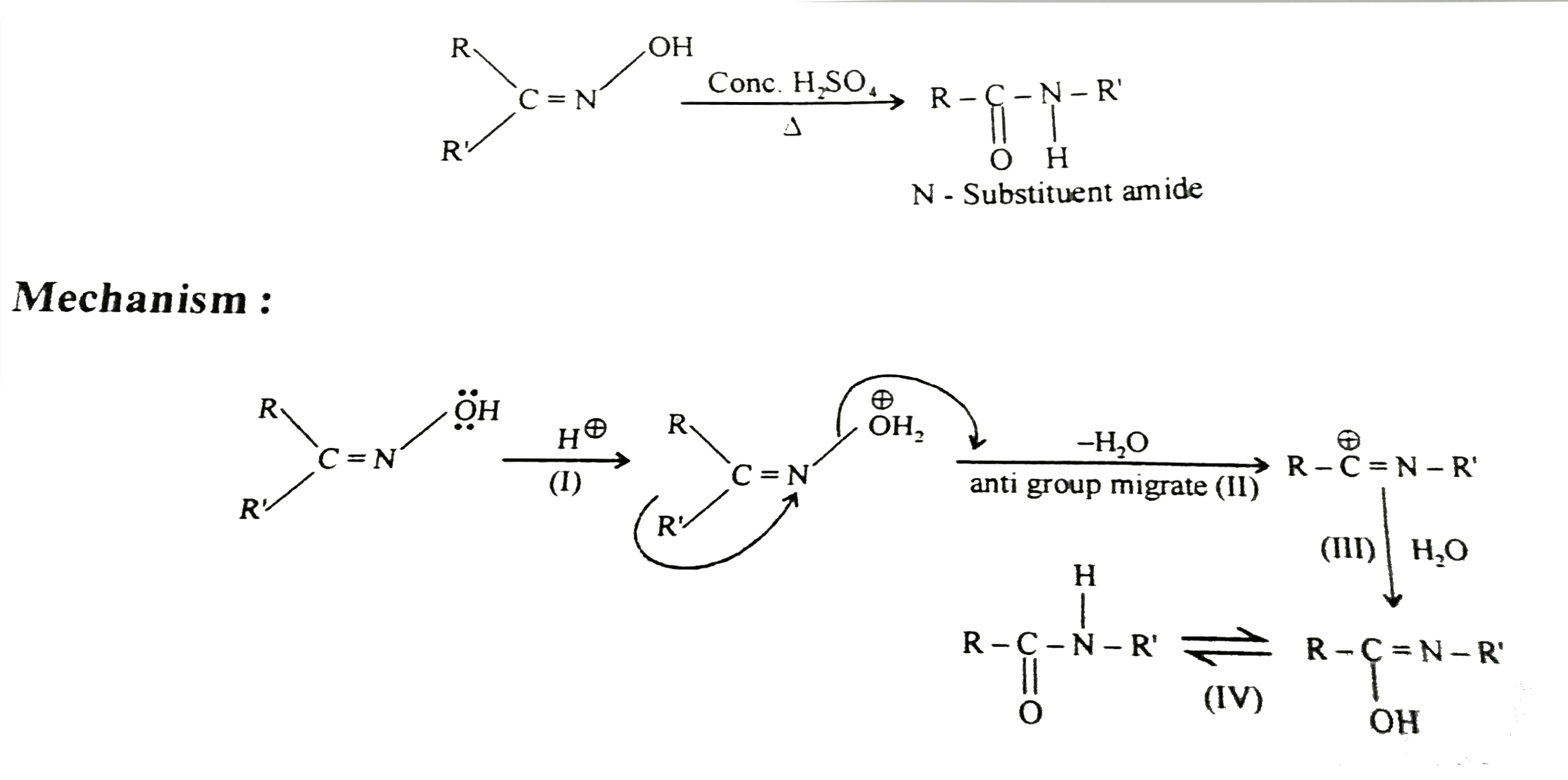

Find out (X) of the reaction:A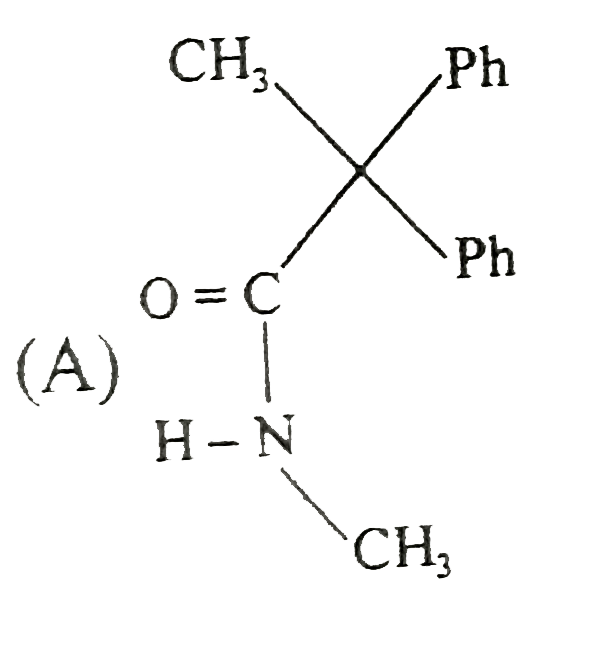 B
B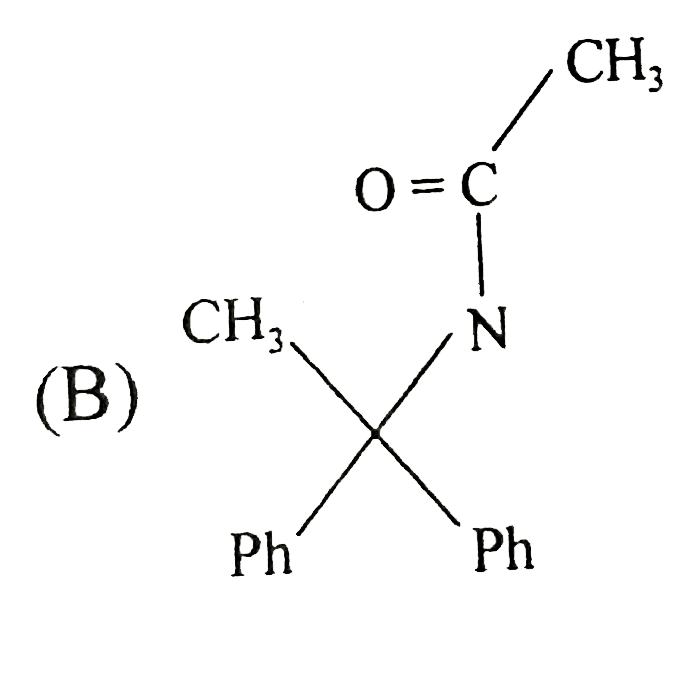 C
C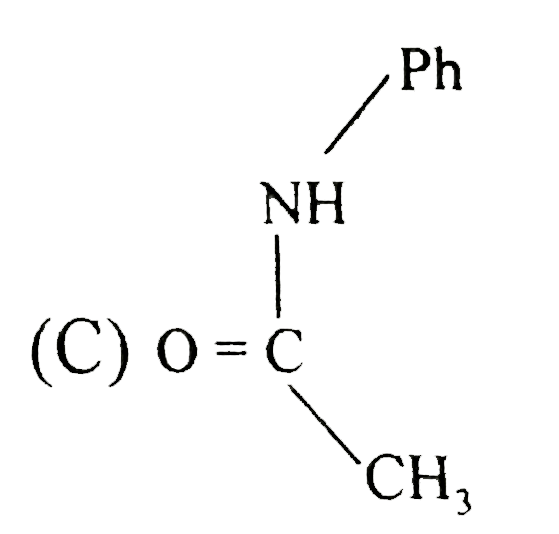 D
D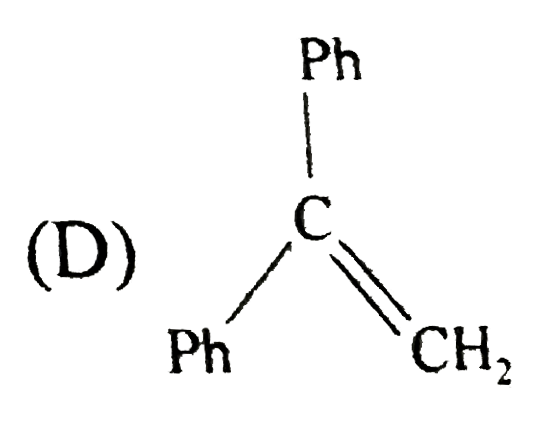
Nitrene-properties & preparation || Hoffmann bromamide reaction || curtius,schmidt & beckmann rearrangement || gabriel phthalimide reaction
View SolutionIntroduction and Formation OF Nitrenes|| Wolf Rearrangement|| HOFfmann Bromide Reaction|| Lossen Reaction with Examples
View SolutionIn organic chemistry various reactions take place by rearrangements. These rearrangements can be classified on the basis of migratory group and its nature. One of the well-known rearrangement is the formation of N-substituted amides by rearrangement of aldoximes or ketoximes. This is known as Beckmann rearrangement. It is catalysed by various acidic reagents. The mechanism of this reaction is given as
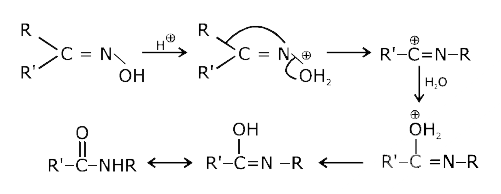
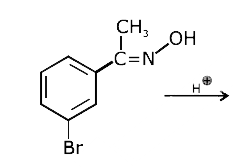
product, The product formed is :
View SolutionIn organic chemistry various reactions take place by rearrangements. These rearrangements can be classified on the basis of migratory group and its nature. One of the well-known rearrangement is the formation of N-substituted amides by rearrangement of aldoximes or ketoximes. This is known as Beckmann rearrangement. It is catalysed by various acidic reagents. The mechanism of this reaction is given as
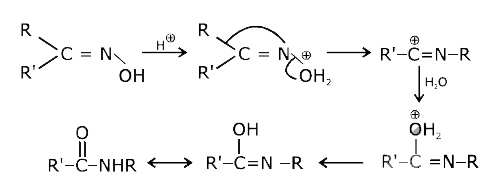
(CH3)(C2H5)C=NOHC6H5SO2Cl−−−−−−→(A)H2O/H⊕−−−−−→CH3NH2+C2H5COOH
The formation of final product suggest the migration of :
View SolutionIn organic chemistry various reactions take place by rearrangements. These rearrangements can be classified on the basis of migratory group and its nature. One of the well-known rearrangement is the formation of N-substituted amides by rearrangement of aldoximes or ketoximes. This is known as Beckmann rearrangement. It is catalysed by various acidic reagents. The mechanism of this reaction is given as
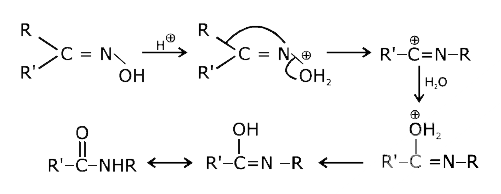
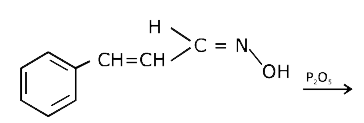
Product, The final product is :
View Solution
